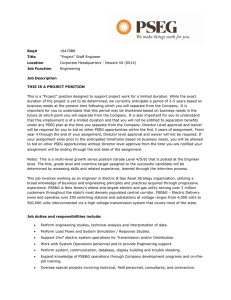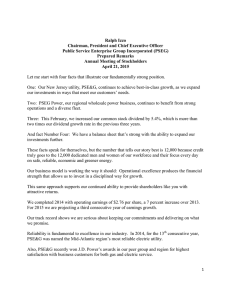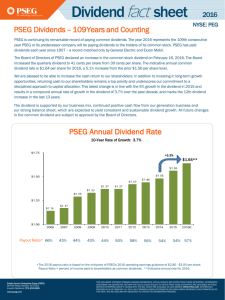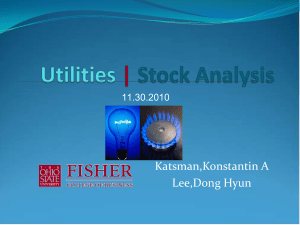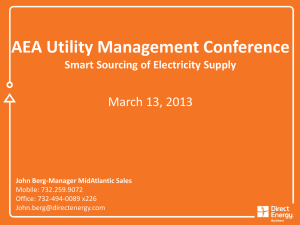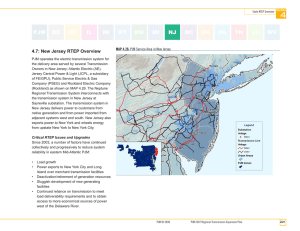SEWAREN 7 – FAQs
advertisement
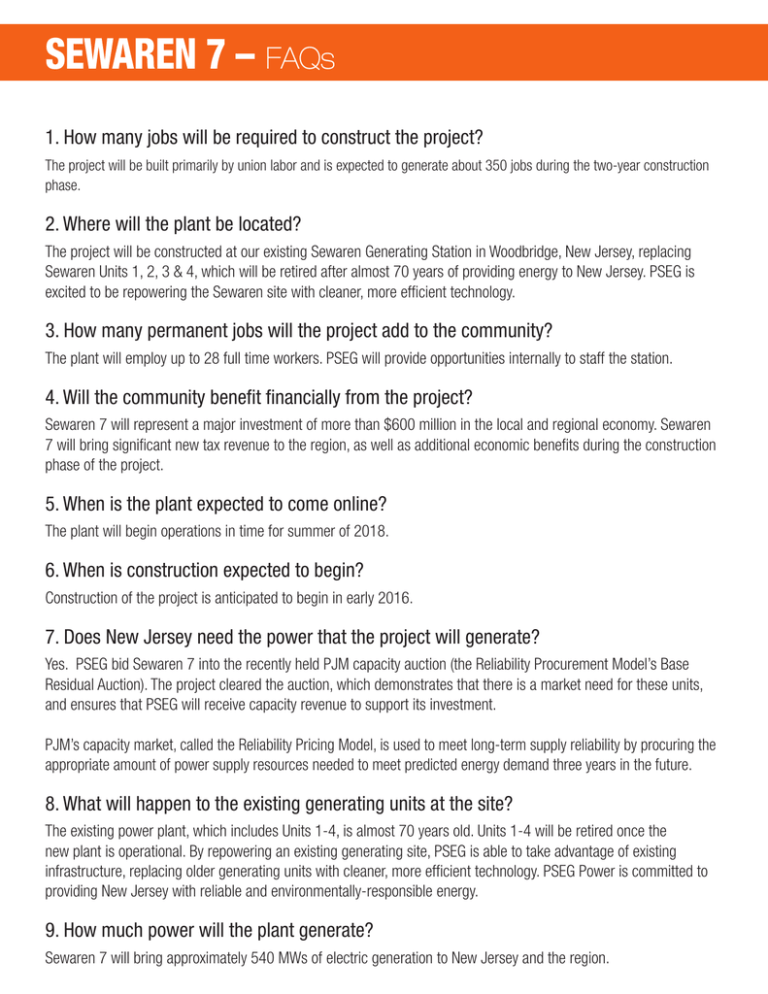
SEWAREN 7 – FAQs 1. How many jobs will be required to construct the project? The project will be built primarily by union labor and is expected to generate about 350 jobs during the two-year construction phase. 2. Where will the plant be located? The project will be constructed at our existing Sewaren Generating Station in Woodbridge, New Jersey, replacing Sewaren Units 1, 2, 3 & 4, which will be retired after almost 70 years of providing energy to New Jersey. PSEG is excited to be repowering the Sewaren site with cleaner, more efficient technology. 3. How many permanent jobs will the project add to the community? The plant will employ up to 28 full time workers. PSEG will provide opportunities internally to staff the station. 4. Will the community benefit financially from the project? Sewaren 7 will represent a major investment of more than $600 million in the local and regional economy. Sewaren 7 will bring significant new tax revenue to the region, as well as additional economic benefits during the construction phase of the project. 5. When is the plant expected to come online? The plant will begin operations in time for summer of 2018. 6. When is construction expected to begin? Construction of the project is anticipated to begin in early 2016. 7. Does New Jersey need the power that the project will generate? Yes. PSEG bid Sewaren 7 into the recently held PJM capacity auction (the Reliability Procurement Model’s Base Residual Auction). The project cleared the auction, which demonstrates that there is a market need for these units, and ensures that PSEG will receive capacity revenue to support its investment. PJM’s capacity market, called the Reliability Pricing Model, is used to meet long-term supply reliability by procuring the appropriate amount of power supply resources needed to meet predicted energy demand three years in the future. 8. What will happen to the existing generating units at the site? The existing power plant, which includes Units 1-4, is almost 70 years old. Units 1-4 will be retired once the new plant is operational. By repowering an existing generating site, PSEG is able to take advantage of existing infrastructure, replacing older generating units with cleaner, more efficient technology. PSEG Power is committed to providing New Jersey with reliable and environmentally-responsible energy. 9. How much power will the plant generate? Sewaren 7 will bring approximately 540 MWs of electric generation to New Jersey and the region. 10. What is a combined-cycle plant, and what type of equipment does it use to generate electricity? A combined-cycle power plant uses both a gas and a steam turbine together to produce more electricity from the same fuel. The plant includes a combustion turbine (similar to a very large jet engine), a heat recovery steam generator (HRSG), and a steam turbine to generate electricity. The combustion turbine uses natural gas or ultralow-sulfur distillate fuel oil to generate electricity. Waste heat from the combustion turbine is then routed through the HRSG to create steam, which powers the steam turbine, generating extra power. Using the waste heat from the combustion turbine to generate even more electricity makes a combined-cycle plant very efficient. 11. What type of fuel will be used to run the plant? Sewaren 7 will run primarily on clean, efficient natural gas, but can also run on ultra-low-sulfur distillate fuel oil as a back-up, ensuring exceptional dependability. 12. Will there be an adequate supply of natural gas to run the plant? Natural gas is supplied to the Sewaren Generating Station from both the Texas Eastern and Transco pipelines. Having two sources of natural gas supply provides a high level of reliability. Additionally, in the rare instance when gas is curtailed, Sewaren 7 can run on ultra-low-sulfur distillate fuel oil as a backup, making the plant exceptionally dependable. 13. What steps will be taken to protect the environment? PSEG Fossil is committed to providing New Jersey and the region with reliable and environmentally responsible energy. Sewaren 7 will meet all applicable federal and state emissions regulations. The new plant will be equipped with state-of-the-art emissions control technology, including: • A combination of low nitrogen oxide (NOx) combustors and a selective catalytic reduction (SCR) system to reduce NOx emissions • An oxidation catalyst to reduce carbon monoxide emissions; and • An air-cooled condenser to minimize water use for cooling and avoid relying on the Arthur Kill for cooling purposes 14. Will the plant qualify for Capacity Performance (CP) as defined by PJM under the proposed changes to PJM’s capacity market? Yes. Sewaren 7 is well positioned for the Capacity Performance market due to its dual-fuel capability and high level of reliability. 15. Companies do not usually earn their cost of capital on a new build. Why is this different? PSEG Power has extensive experience in developing, building and operating combined-cycle plants. By expanding our core New Jersey fleet, we will leverage our local workforce and the existing infrastructure at the Sewaren Generating Station. Sewaren 7 cleared the PJM auction, is well positioned as a Capacity Performance resource, and is expected to be competitive in the energy market as a result of its highly efficient design. 16. How do you intend to finance the construction of Sewaren 7? PSEG Power will finance construction on its balance sheet. PSEG Power has an investment-grade credit rating. Debt represented approximately 31% of PSEG Power’s capitalization as of June 30, 2015. The low percentage of debt to capital coupled with strong funds from operations to debt ratio support Power’s ability to finance on the balance sheet. 17. Will the investment in Sewaren 7 require the issuance of equity capital to finance PSE&G’s capital program? No. PSEG has ample capability to finance PSE&G’s capital program, as well as the construction of the PSEG Keys Energy Center and Sewaren 7 unit. PSEG will not need to issue equity given its strong financial position, with debt representing 31% of total capital at mid-2015 and ample Funds From Operations to Debt coverage ratios. Power LLC
